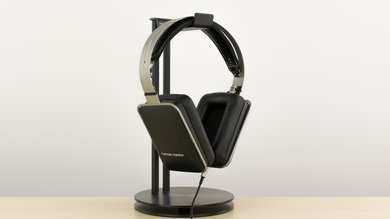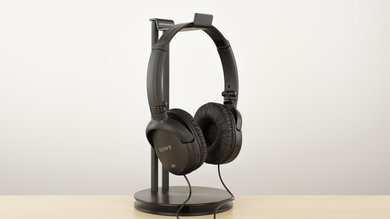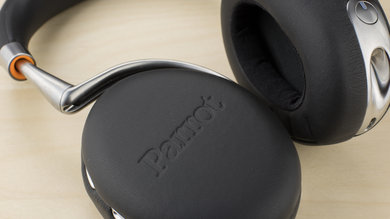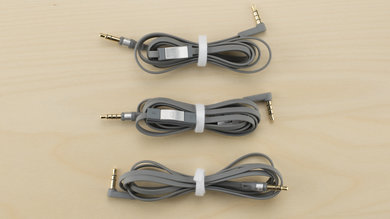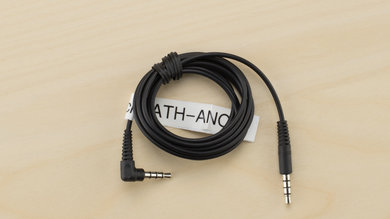- Table of Contents
- Intro
- When it matters
- Our Tests
- Conclusion
- Comments
Build quality describes the sturdiness of the headphones' design. The materials used and how well the components are assembled together affect the actual and perceived build quality and durability of each headphone.
Although build quality preference varies from listener to listener, headphones designed with a metal frame in the headband, or with heavy-duty plastic materials, feel sturdier and less prone to breaking, especially if they don't have too many joints or potential weak points. Build quality for in-ear or earbud designs depends on the shape of the tips and thickness of the cable.
We test for build quality subjectively by evaluating the materials used, the sturdiness of the frame, the design, and shape of the ear cups or earbuds, and how well these factors combine to create a durable design.
Test results
When it matters
The longevity of your headphones is strongly affected by their build quality and a poorly built pair is more susceptible to breaking in a short amount of time. This is even more important for the listener who uses or transports their headphones frequently, as wear and tear are more probable. A busy DJ who travels a lot will have different build quality needs for their headphones than a music producer who uses reference headphones in the studio.
Our Tests
Our build quality test is a subjective evaluation of the sturdiness of a headphones' design. We score the materials used for ear cups/earbuds and headband, joints and cabling.
Materials
We assign a greater score for headphones that utilize metal or dense plastic for their frame, as those will provide a longer lasting headband. Plastic ear cups/earbuds are assigned a higher score if the plastic feels dense and able to withstand moderate physical stress.
Connecting Joints
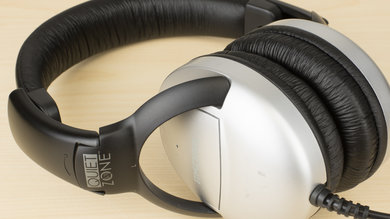 Weak plastic joints
Weak plastic joints Connecting joints should be smooth and have enough tension to hold in place once adjusted by the listener. Joints are potential weak points and are therefore assigned a lot of weight in the build quality score.
Cabling
Cabling is attributed more points if rubberized, coated with fabric for durability, or if designed to be less prone to tangling. Also, a thicker cable will last longer.
Conclusion
Build quality is the sturdiness and durability of a headphones’ design. The materials used and how well they are assembled will define the longevity of the headphones. Poorly built headphones are more susceptible to breaking, and therefore the listener who plans on using or transporting headphones frequently may prefer a sturdier build to withstand wear and tear and potential damage. Our build quality test scores the durability of the materials used for the headband, earcups/earbuds, joints and cabling and how well these components create a robust, long-lasting design.
